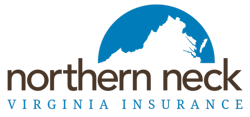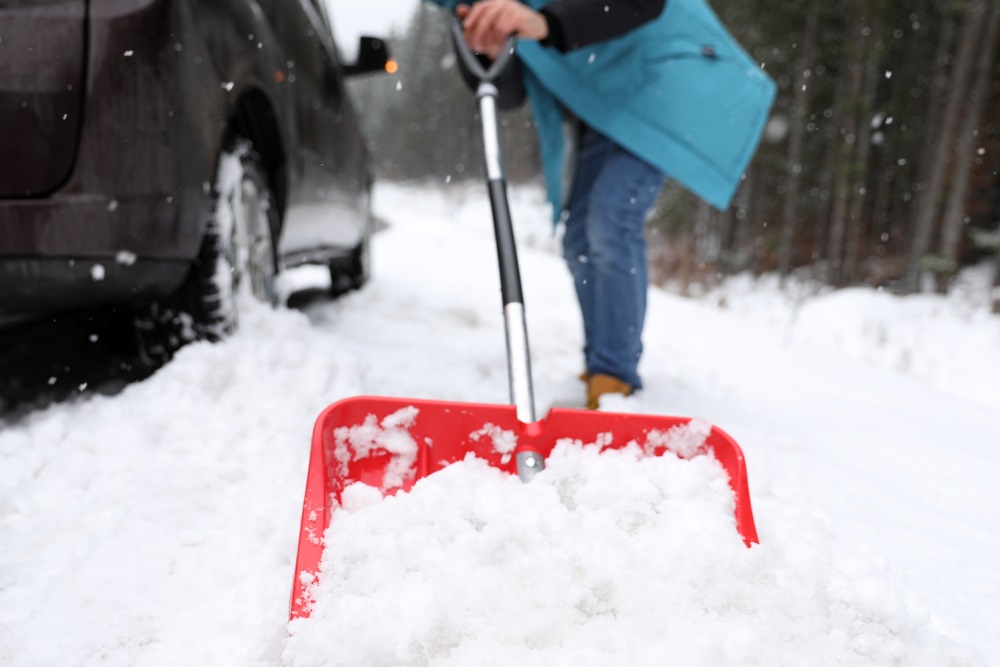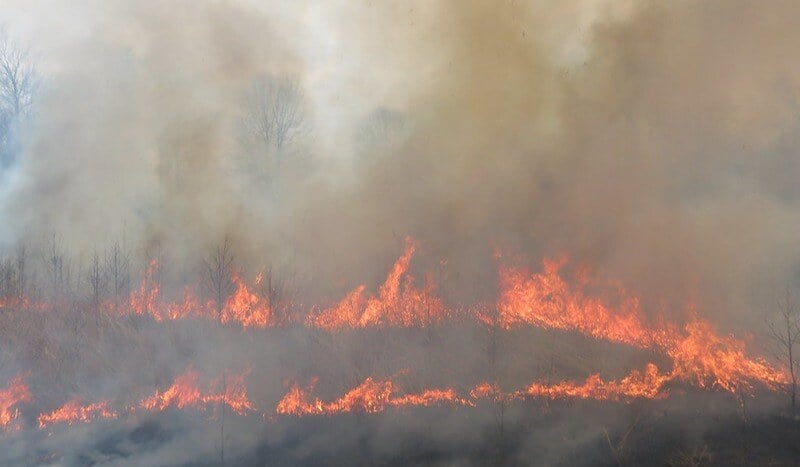
We pledge to provide straight talk from our NNINS Virginia insurance experts. Read the Northern Neck Insurance INTEGRITY PROMISE.
Top home spring maintenance
If you're a homeowner, spring means home chores. The list can be extensive, from lawn treatments and mulching flower beds to turning on outside water spigots and cleaning windows. If you needed to cull the chore list, what is most important? Overwhelmed by the laundry list of spring to-dos at home, I went on a quest to identify the most essential. Our NNINS home insurance claim experts were clear about the outside of a home: maintain your gutters and check your roof.
Inside, one home cleaning task is critical for home fire prevention: cleaning your dryer's exhaust duct.
Why Clean Your Dryer's Exhaust Vent?
You are probably familiar with the pliable dryer hose that connects your dryer to the wall. But have you ever thought about where it goes from the wall? You most likely have another more rigid metal duct inside your wall that takes your dryer exhaust to a vent on the outside of your home. We’ve seen duct pipes that run 15, 20, and even 25 feet to the outside of homes. The longer the duct, the harder it can be to clean. And the more susceptible to fire.
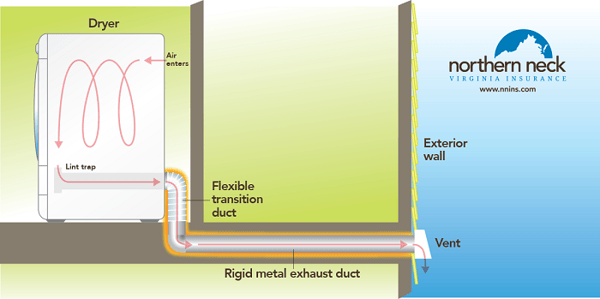
Justin, our homeowners insurance expert, explains that 1000s of home fires are sparked every year from clogged dryer vents.
If you’re like me, you’re thinking I clean out my lint trap after every load. Okay, most loads. Isn’t that good enough?
No. Here’s why:
Your dryer is designed to exhaust heat and moisture as it dries. At the same time, tiny bits of escaped dust, pet/human hair, and fabric fibers travel down into the exhaust pipe to the outside. Add your favorite fabric softener to the mix; over time, you’ve got a sticky potpourri of highly flammable build-up.
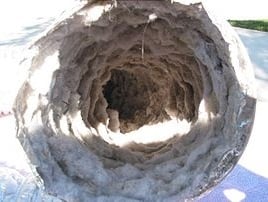
What are the signs a dryer exhaust duct is not safe?
There are several ways to tell if your dryer's exhaust outlet is clogged and a potential fire hazard. If you're experiencing any of these symptoms of a blocked duct, take action as soon as possible.
- Your clothes are taking longer to dry.
- The laundry room heats up when your dryer is running.
- Your clothes are hot to the touch after a dry cycle.
- You notice more lint in your dryer's lint trap than usual.
- You see lint sticking out of the outdoor exhaust vent.
- Your outdoor vent cover’s flaps aren’t working.
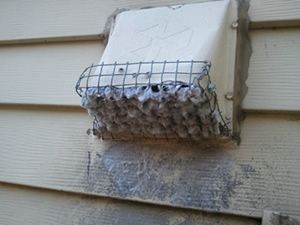
How to clean a clogged dryer vent
If you have one of those extra-long exhaust ducts, the best thing to do is hire a certified vent-cleaning professional. For about $75-125, they’ll bring brushes and hoses that can reach the end of the duct and get it clean and clear.
On the DIY side, if your vent duct is shorter, you should be able to easily clean it out yourself. Wear goggles to protect your eyes and follow these steps:
- Remove the vent duct from the back of your dryer and clean it.
- Clean the wall duct opening by loosening build-up as far as possible with a brush. Caution: wear gloves and watch for sharp metal edges.
- Reconnect the duct to the wall and dryer.
- Turn on your dryer with the temperature set to cool for working on the outside. That way, the lint will blow forward as you work instead of getting pushed further back.
- Remove the duct cover, screen, or any flaps on the outside of your home.
- Use long brushes and a vacuum attachment to remove the build-up.
- Take a flashlight and look in to be sure you've removed any buildup.
- Replace the duct cover, screen, or flaps.
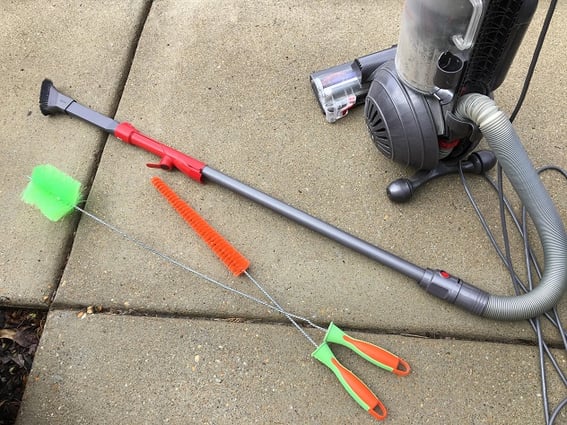
Clean your dryer after every load
When cleaning your interior lint trap, disconnect the exhaust hose running from the dryer to the wall and vacuum at least once every other month. Justin also recommends never leaving your dryer running overnight or when you leave home.
For more home safety information this spring, visit our blog to learn about decks, trees, and severe weather home claims.
Learn more about homeowners insurance in Virginia >
THE NORTHERN NECK INSURANCE INTEGRITY PROMISE — We pledge to provide straight talk and good counsel from our NNINS Virginia insurance experts through our blog. While we hope you find this to be a helpful source of information, it does not replace the guidance of a licensed insurance professional, nor does it modify the terms of your Northern Neck Insurance policy in any way. All insurance products are governed by the terms in the applicable insurance policy.
